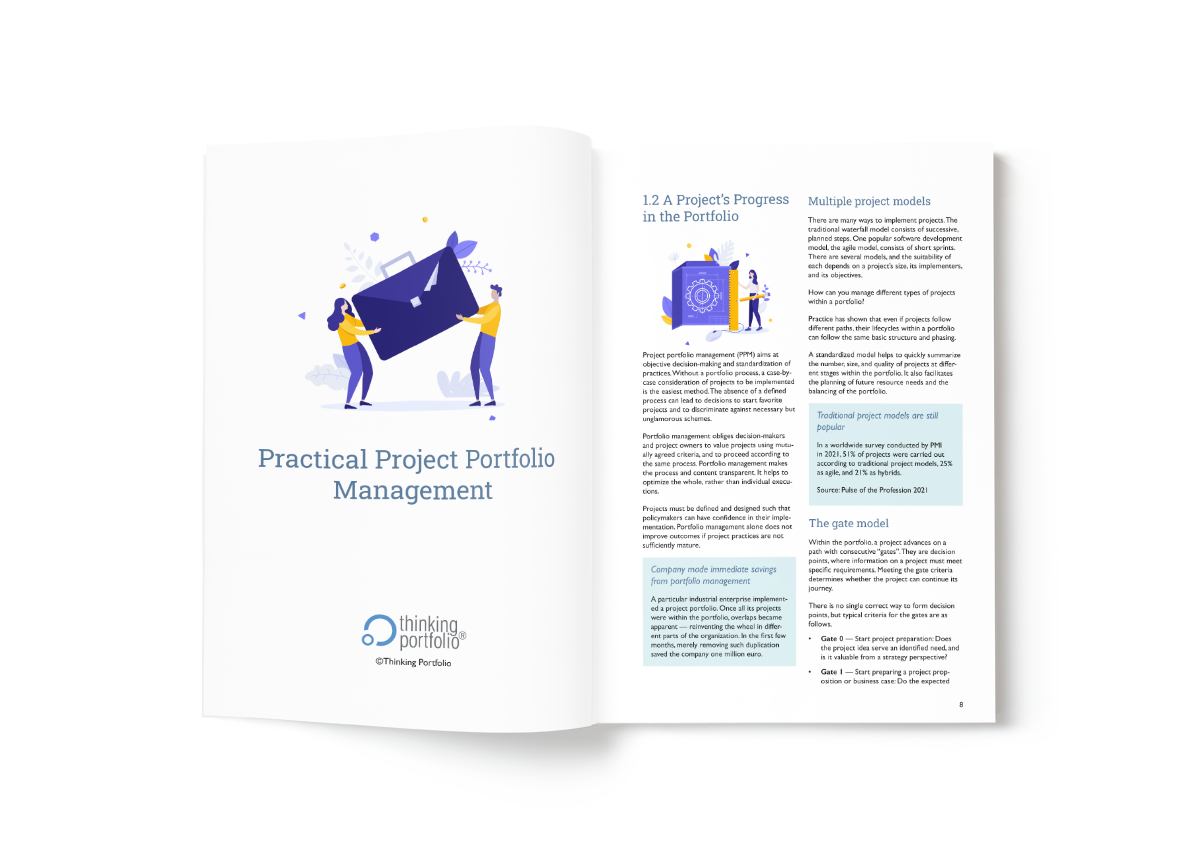As organizations becoming increasingly reliant on a Project Management Office (PMO), it becomes all the more important to have a clear idea of the Total Cost of Ownership or TCO. Knowing your TCO can help a business plan better. Budgeting decisions, the bottom line and even strategy have a closely linked relationship with the costs associated with a PMO.
Keep it simple
While communicating the TCO, the PMO must ensure that it is not chock-full of jargon and technical terms. Simplify it so senior management and other business heads can understand it. After all, the whole point of having a TCO model is so that the business is equipped to take informed decisions on projects and systems. The TCO model may not be used in isolation. In fact, it is common practice to combine it with other tools like Benefits Assessments when making a decision.
It is important to make the TCO analysis an inclusive process. This ensures that every cost and benefit is factored in. It also helps clearly define goals and expectations.
Break it down
A TCO helps estimate costs involved in the ownership, usage, management and maintenance. When defining the TCO, you will need to break it down into its various components. This will include things like staffing costs, maintenance and all other areas going toward the operations of a PMO. Qualitative aspects of TCO are often as important as the numbers. Do not skim over details on cost or time savings.
Besides full time employees (FTE), you need to include contract and freelance staff related costs. These additional support hours may need to be mapped to FTE costs and factored in. Training costs and professional development costs, including travel expenses towards this should be accounted for.
Once a system or software is put in place, it might require ongoing maintenance. Technology may have associated licensing fees. Annual maintenance contracts and enhancement costs will add up.
Creating a TCO model
Beginning with project scope definition, goals and documenting expectations, the process then moves to cost modeling. Once a model is in place, the actual numbers under each head will need to be entered. This TCO estimate is valid for that point of time and may change with a change in variables. A good TCO model will also need updating from time to time. These ongoing refinements must reflect more recent changes in the period since the initial model was created.
Sharing the Total Cost of Ownership for the PMO helps keep things transparent. It helps organizations spot deficiencies and cost saving opportunities. With improved budgeting and a better bottom line TCO can be the grease that keeps the wheels turning well in the years to come.







